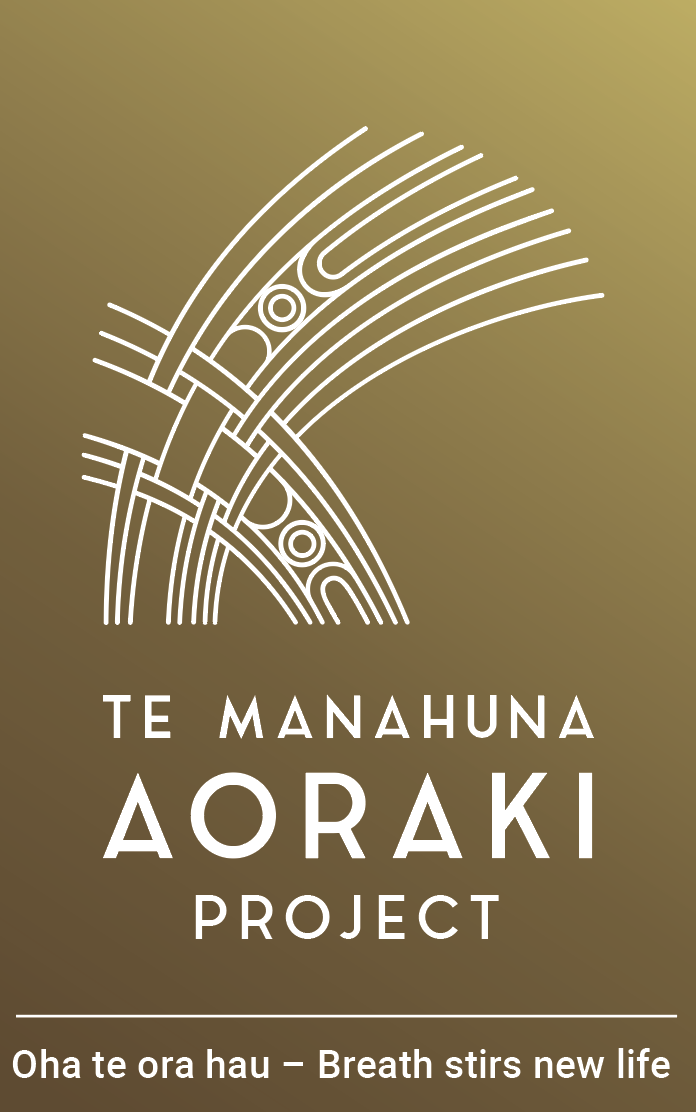Predator control
We’re dealing with a unique set of pests who have adapted to live in the harsh environments – stoats, rats and possums, plus hedgehogs, rabbits, Canada geese, hares, feral cats and black-backed gulls.
Braided rivers
We’ve more than doubled DOC and Project River Recovery’s existing trapping network in the Tasman River valley and extended into the Godley, Macaulay and Cass. The trapping network now covers 60,000 ha – that’s over 80% of the kakī / black stilt’s range and also home to species like robust grasshoppers and tūturiwhatu/banded dotterel.
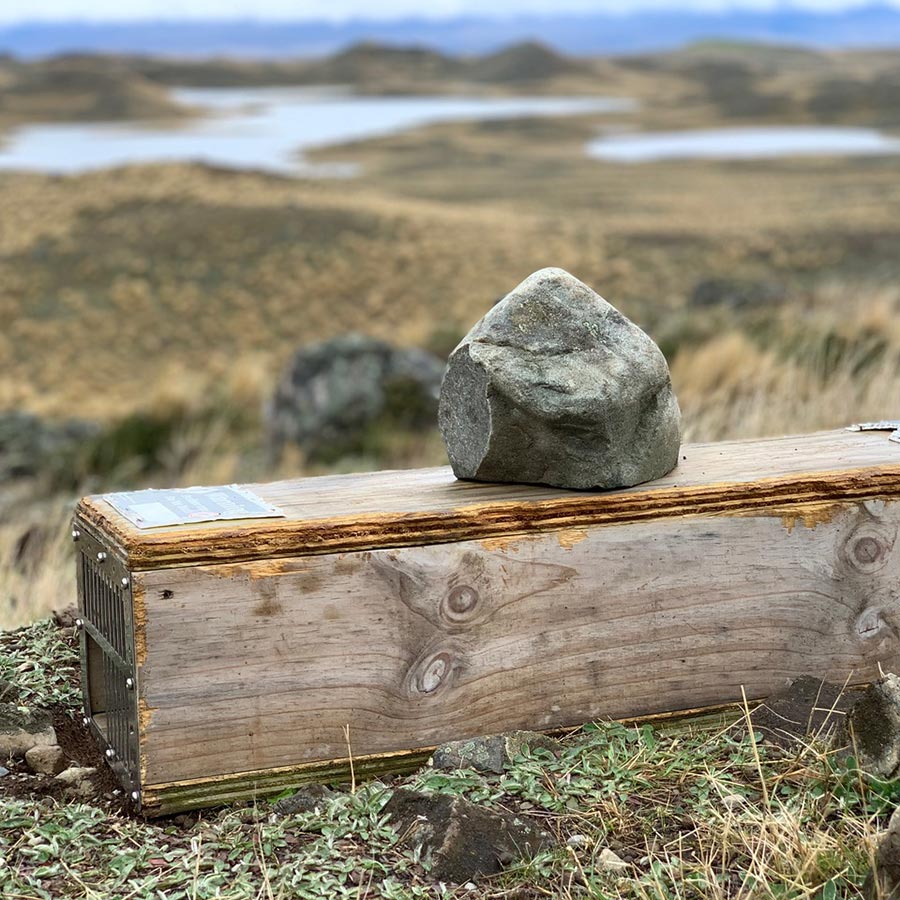
Trapping networks
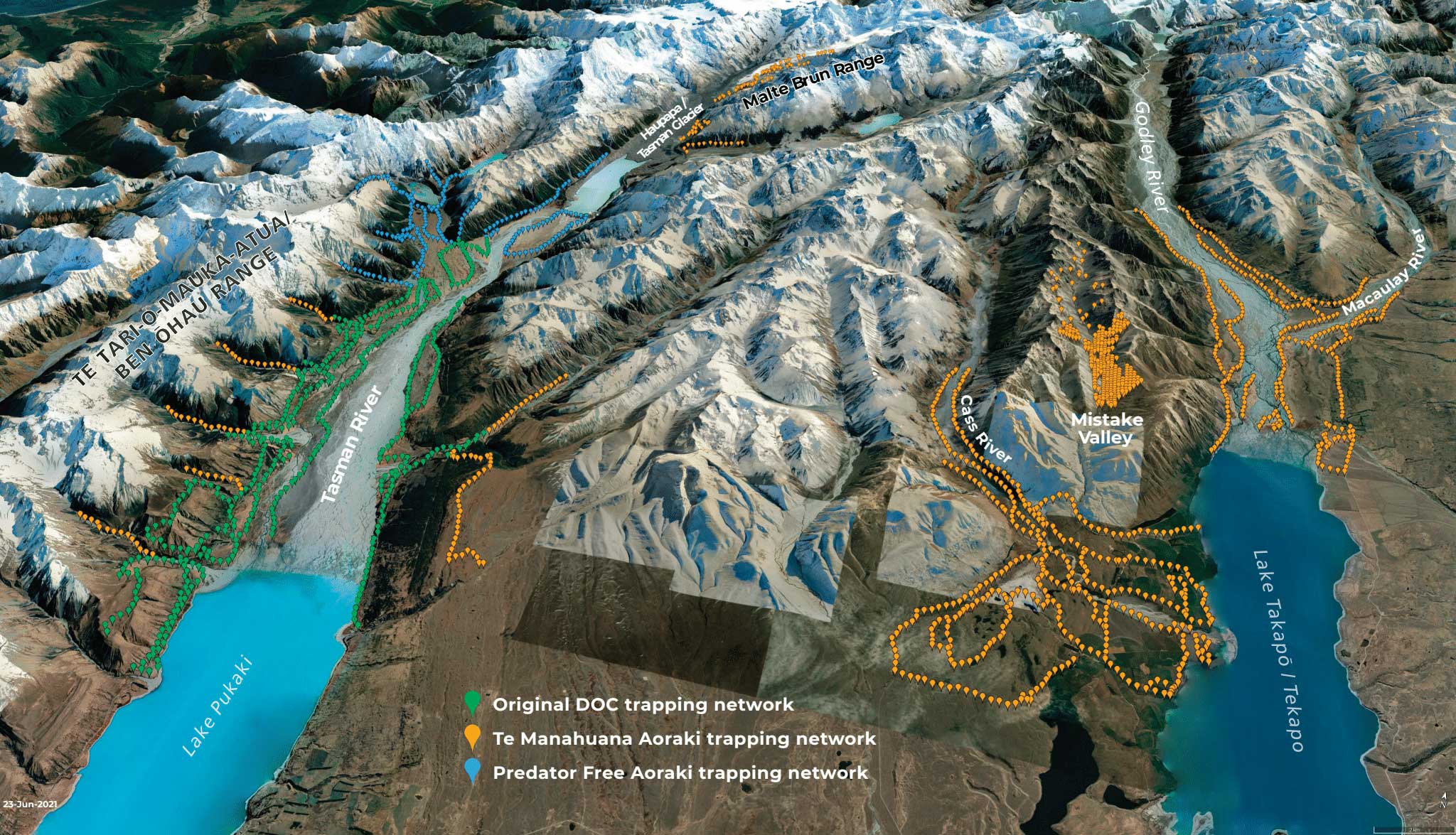
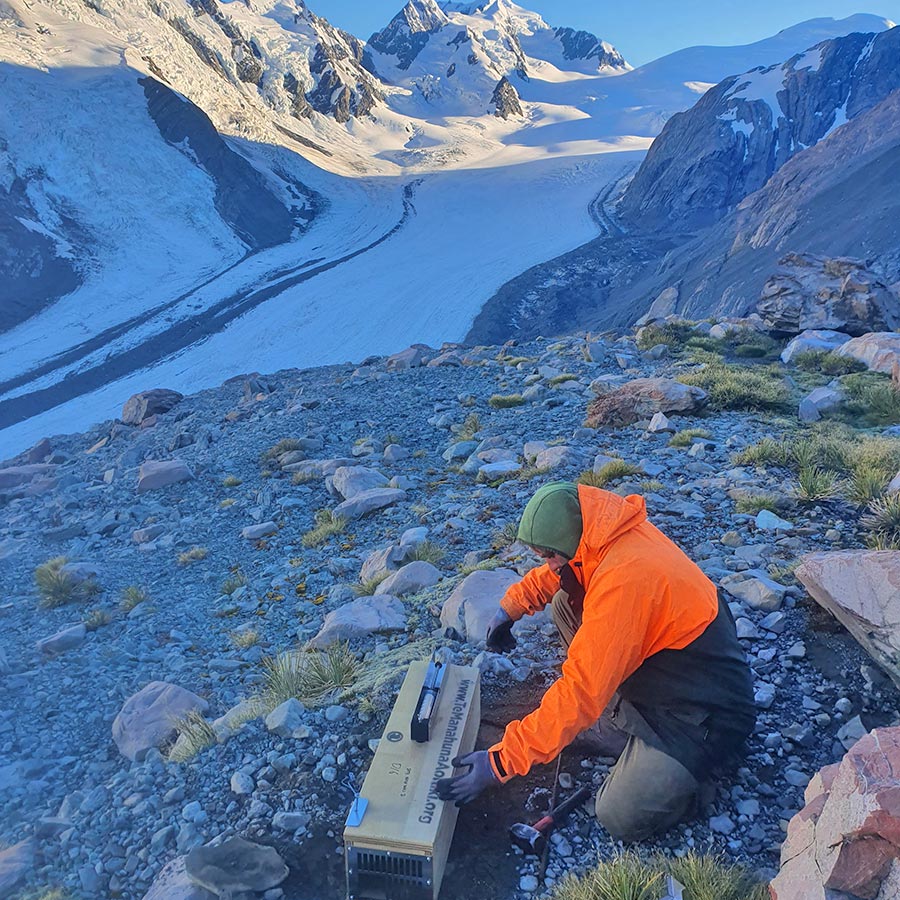
Alpine zone
In the remote back country of Aoraki/Mount Cook National Park we’ve introduced trapping networks for the first time to protect natives like kea, tuke/rock wren and scree wētā.
Volunteer group Predator Free Aoraki help out by checking and maintaining traps in the lower reaches, while the Te Manahuna Aoraki Project team is responsible for new trapping networks in the Mistake Valley and Malte Brun sites.
Development sites
We know it’s not going to be easy to eliminate small mammal pests from all of Te Manahuna Aoraki. We are beginning by testing multi-species pest elimination in three different sites throughout the project area.
The approaches developed here are expected to help us plan future pest elimination across the project area and across similar East Coast dryland ecosystems.
Malte Brun Range
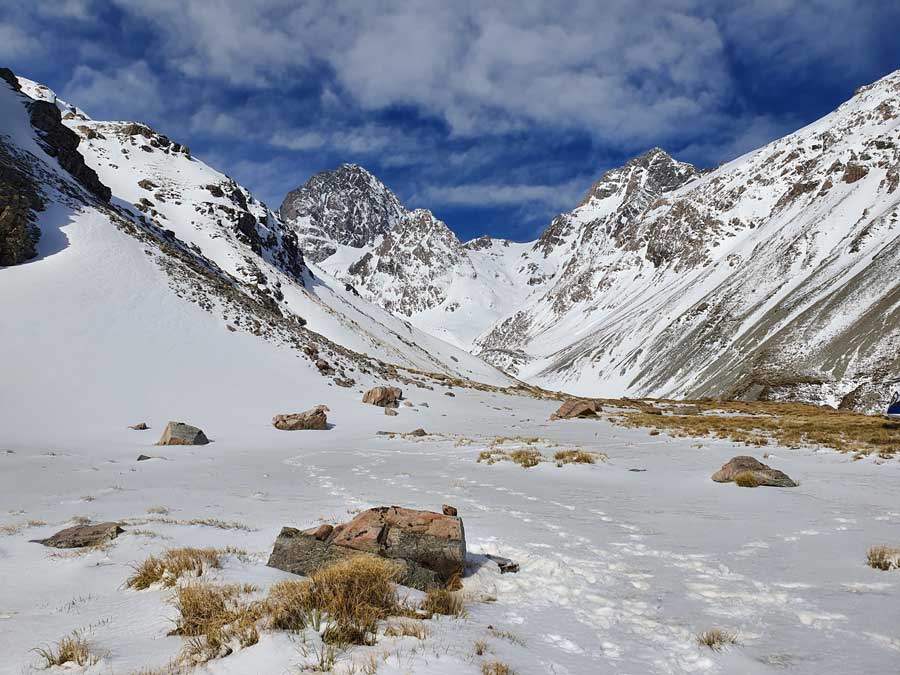
Target pests: Possums, hares, rats, stoats and feral cats
The 18,000ha Malte Brun Range in Aoraki / Mount Cook National Park is an extreme alpine site surrounded by glaciers and mountains as high as 3,200m. The site is home to rare species like tuke/rock wren, kea, mountain stone wētā and subalpine herb fields.
In April 2022 we carried out an aerial operation within the site, which successfully eliminated most pests. Only a handful of possums and hares remain, and we are working to remove these and testing how well natural barriers will work to stop reinvasion once pests are eliminated.
Glenmore Station
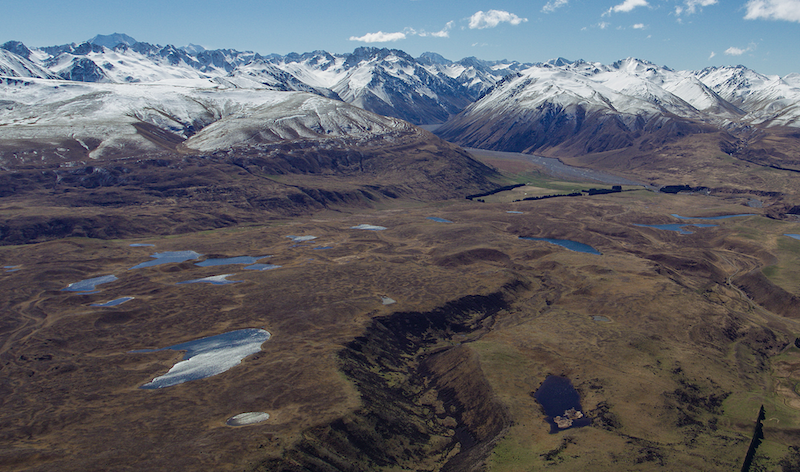
Target pests: Possums, rats, rabbits, hares, and hedgehogs
We are working with Glenmore Station to eliminate five introduced pests across 1,500ha of farmland. This site has kakī/black stilt nesting habitat, and the Glenmore Tarns have some of the finest examples of moraine kettle holes with rare and threatened plants, which can be devastated by rabbit browsing. The multi-species approach uses aerial and ground based methods to target all pests. Rabbit-proof fencing will help keep rabbits and hedgehogs out, and camera networks will alert us to reinvasion from other pests so we can quickly prevent them re-establishing.
Patersons Terrace
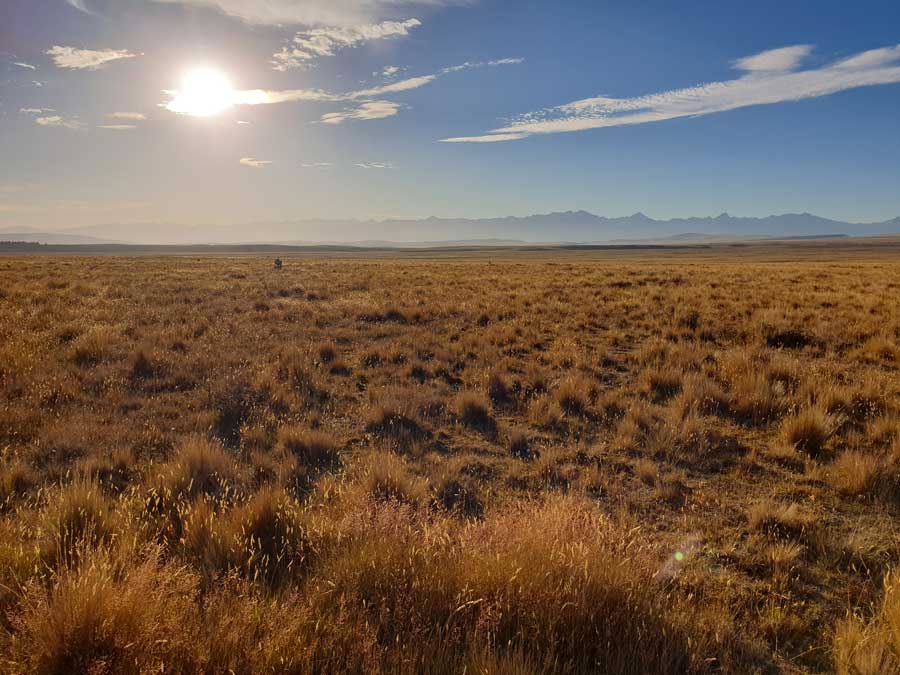
Target pests: Rabbits
Patersons Terrace is a flat tussock dryland site, where we spent time working to eliminate rabbits over 1,300ha of public and privately owned land. We tested a range of approaches and measured the impact removing rabbits has on predator populations. Rabbits eat native plants and provide a food source for predators. High rabbit numbers typically lead to high predator populations, putting native species at risk. Pindone patch poisoning, dogs and ferrets, thermal night shooting and aerial methods were used. Rabbit-proof fences, and potentially the canal, will help stop re-invasion.
Trapping totals
(as of 15/08/2023)
Hedgehogs
Stoats, weasels AND ferrets
RATS
FERAL CATS
Rabbit control
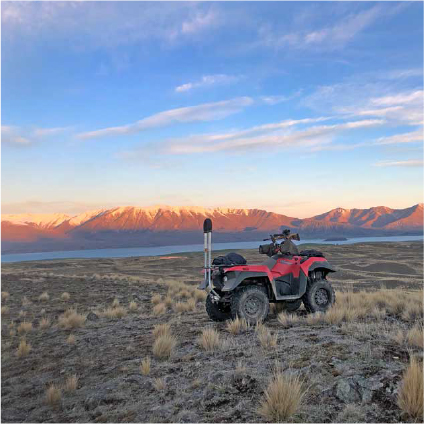
Learning by doing
We’ve spent the first few years of the project ‘learning by doing’ with rabbit control.
In 2020/21 we successfully reduced rabbits to very low numbers at a high country site in the Godley using a combination of patch poisoning, day and night shooting, and thermal and night vision technology.
Then, we used the Paterson’s Terrace site to test the best methods to eliminate rabbits from a low country site. This site gave us good information about what happens to predator numbers when you reduce their food source.
There are other rabbit control operations happening across the project area to protect native plants, animals and pasture. Some are co-ordinated by Te Manahuna Aoraki Project and funded through Toitū Te Whenua Land Information New Zealand (LINZ) Jobs for Nature funding. Others are being undertaken by DOC and landowners.
Rabbit advisory group
Ultimately we hope the 20-year project will either eliminate or bring rabbits down to very low numbers across the project area. We want to do this at the lowest cost, and in a way that can be maintained into the future.
A rabbit advisory group – made up of landowners, Environment Canterbury and representatives from Te Manahuna Aoraki Project – is bringing together local knowledge, and learnings from past and present control operations, to advise us on the best approaches to achieve this.
Photo courtesy Brian High
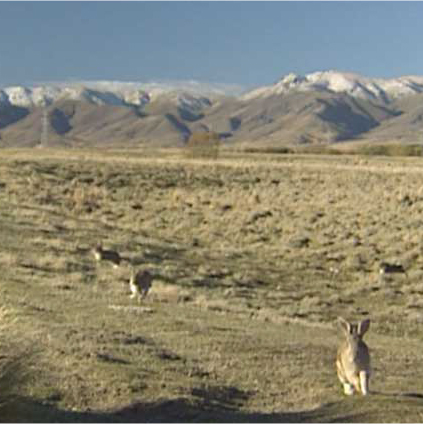
Historic rabbit footage
Filmed by Timaru videographer Brian High over many decades this is amazing historic footage of rabbits and the damage they do in the Mackenzie Basin.
Click the icon to watch
Conservation dogs
Feral cat detection
Julius, is a mixed breed hunting dog certified as part of the Conservation Dog Programme. He is useful at finding those hard-to-find feral cats that are avoiding other methods of control.
Feral cats are wily, highly mobile, have large home ranges and are used to surviving in harsh conditions. When we get a trail camera sighting, Julius and his trainer Adriana Theobald can be brought in to respond while scents are still fresh.
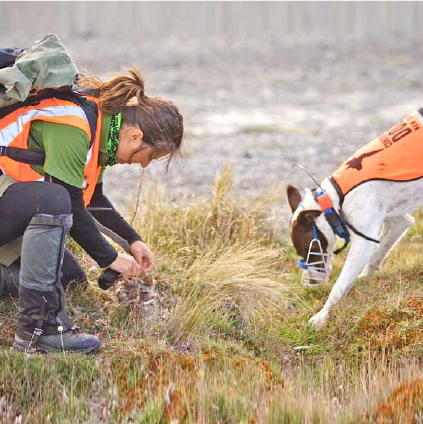
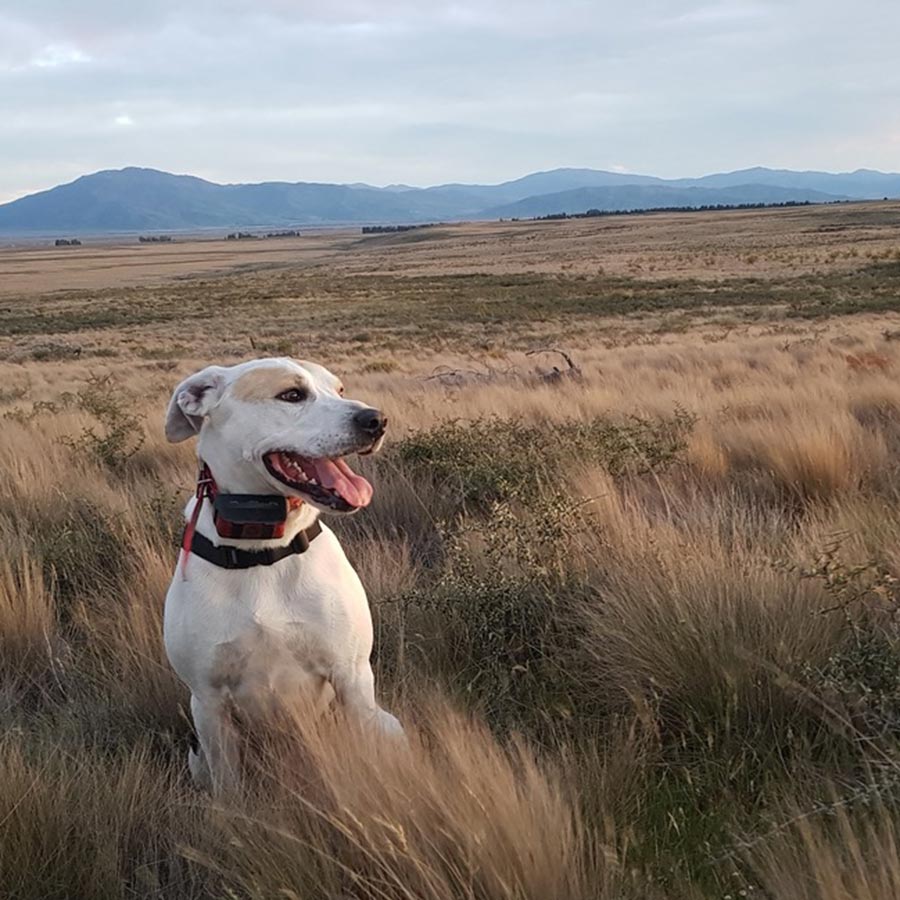
Hedgehog detection
Two-year-old pig dog Zach has his interim certification with an aim to becoming New Zealand’s only certified hedgehog detection dog as part of DOC’s Conservation Dogs programme.
Zach began training in 2021. He is known as Professor Zachariah Q Wigglebottom for his tendency to wiggle his bottom with excitement when he finds a hedgehog.
Some hedgehogs are reluctant to interact with traps, so Zach will be used alongside live capture traps, kill traps and thermal hunting in an effort to determine the best methods for elminating hedgehogs.
Watch the video about conservation dogs in the Tasman Valley
Canada geese
Large flocks of Canada geese destroy the habitat of species like kakī/black stilt and crested grebe by polluting waterways and pasture with their droppings. They also impact farmers as they eat large amounts of pasture and crops – it’s estimated four or five geese will consume the same amount of grass as a sheep.
Landowners are leading control operations, and thousands of geese are humanely culled every season. The project, along with DOC and LINZ, is assisting farmers to run the culls in an efficient and co-ordinated way.
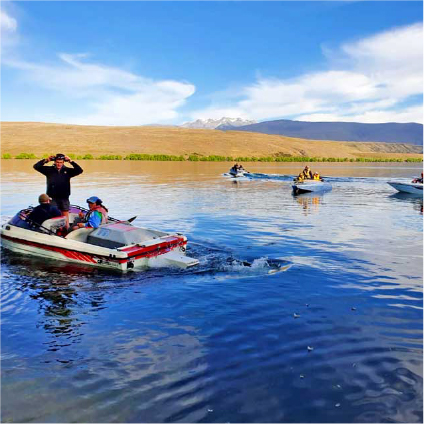
Photo credits: Tom Smits, Inga Booiman, Sam Turner, Brad Snow, Brian High, Adriana Theobald, Robyn Janes, Simone Smits
